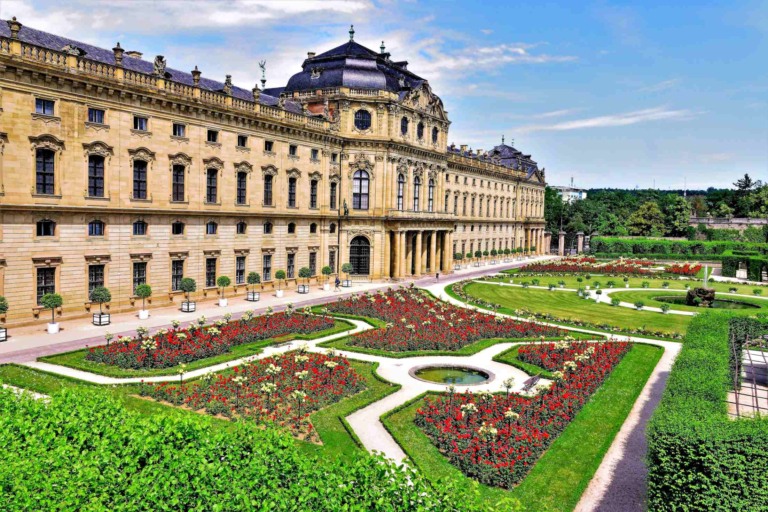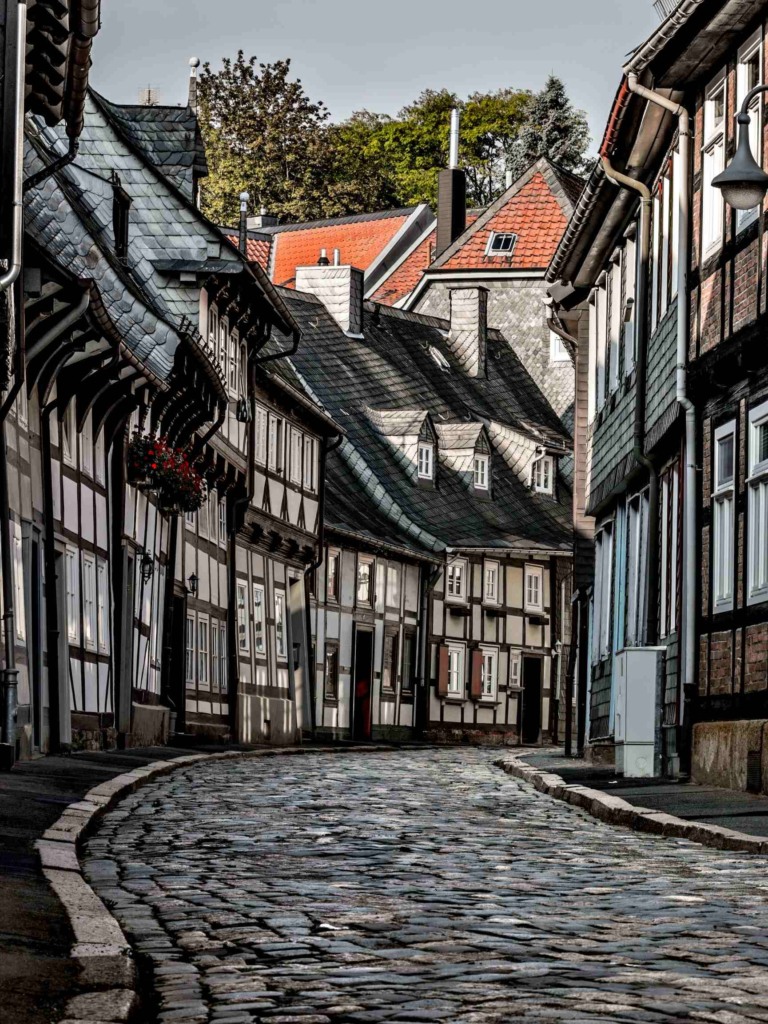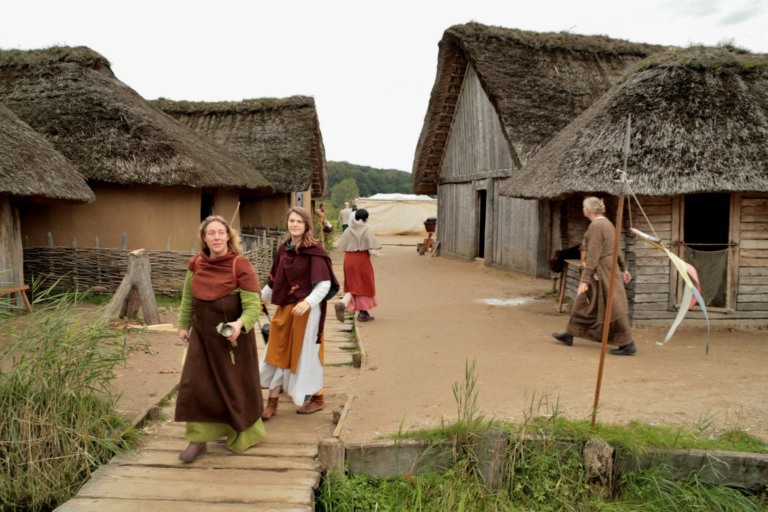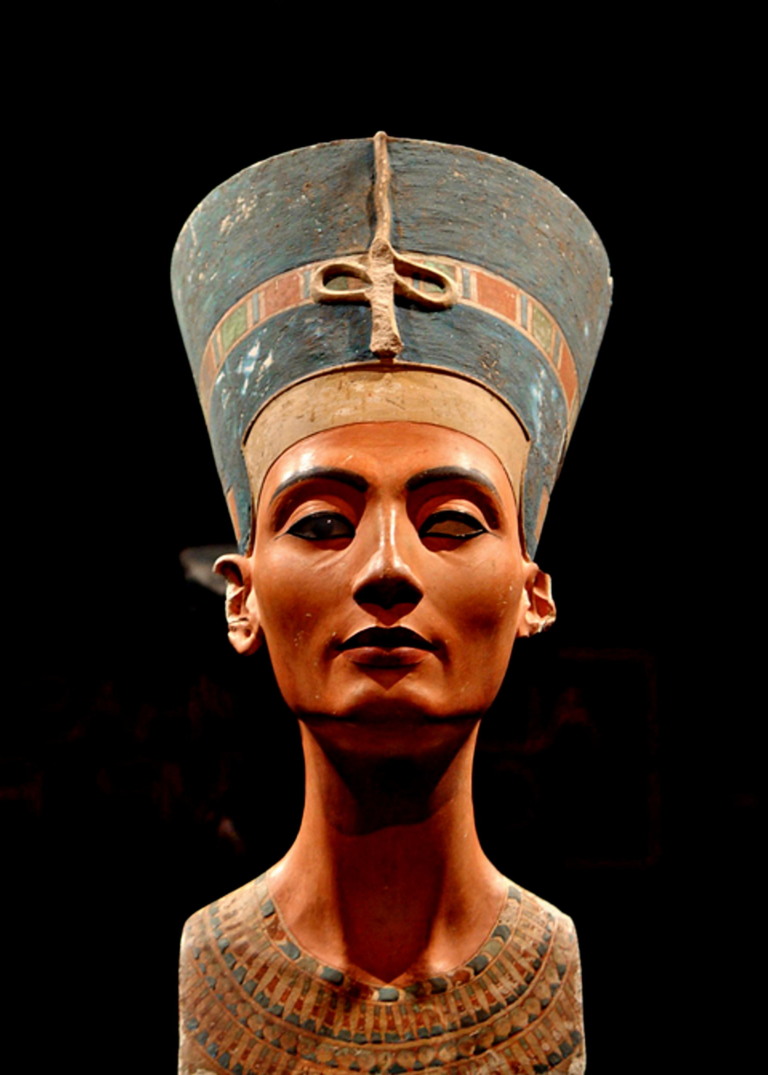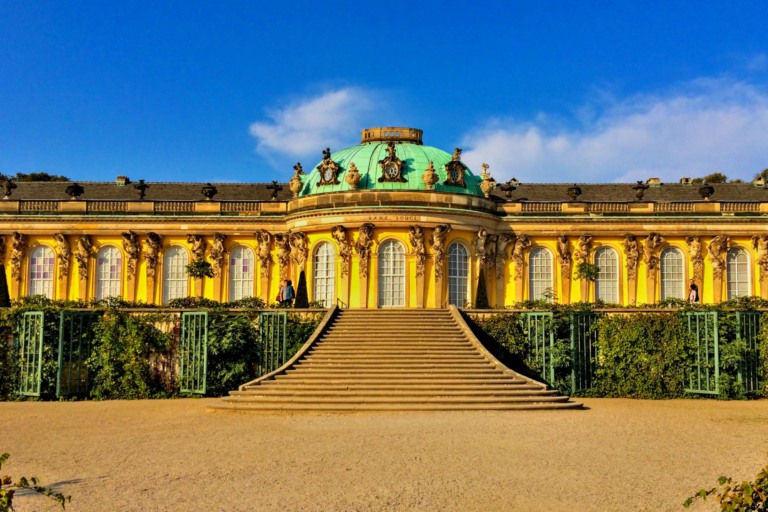Collegiate Church Castle Town Quedlinburg: The Collegiate Church, Castle, and Old Town of Quedlinburg are UNESCO World Heritage Sites located in the town of Quedlinburg, in the Harz Mountains of Germany. Inscribed on the list in 1994, this historic ensemble is recognized for its exceptional architectural and cultural value. The World Heritage Site encompasses three main components: the Collegiate Church of St. Servatius, the Quedlinburg Castle, and the Old Town itself. Let’s delve into the details of this remarkable site.
Collegiate Church, Castle, and Old Town of Quedlinburg
UNESCO World Heritage Recognition: The Quedlinburg World Heritage Site was inscribed on the UNESCO list in 1994 for several reasons. It was recognized for its outstanding universal value as an exceptional example of a medieval European town that has preserved its original layout and architecture. The site showcases the development of a medieval urban center and offers insights into the political, economic, and cultural history of the region.
The town’s development over the centuries, from a royal residence to a center of trade and crafts, is well documented through its buildings and structures. Quedlinburg also played a crucial role in the Christianization of the region, with the Collegiate Church serving as an important religious and cultural center.
History and Location
Quedlinburg is situated in the state of Saxony-Anhalt, approximately 170 kilometers southwest of Berlin. The town’s history dates back more than a thousand years, and it served as an important center of politics, religion, and commerce during the medieval period.
Collegiate Church of St. Servatius
At the heart of the Quedlinburg World Heritage site is the Collegiate Church of St. Servatius. This Romanesque church was founded in the 10th century and expanded over time. It is dedicated to Saint Servatius, a 4th-century bishop. The church is renowned for its rich interior, including the crypt, which houses the tombs of several members of the Ottonian dynasty, one of the most influential ruling families of the medieval German Empire.
The church features a magnificent interior with a variety of architectural styles, including Romanesque, Gothic, and Renaissance elements. It houses numerous valuable artworks, including medieval sculptures, paintings, and religious artifacts.
Quedlinburg Castle
Perched on a hill overlooking the town, Quedlinburg Castle, also known as the Schlossberg, played a significant role in the history of the region. Initially built as a fortress in the 10th century, it was later expanded into a residence for the German kings and emperors during the early Middle Ages.
Although much of the castle was destroyed over the centuries, ruins and remnants of the fortifications can still be seen, contributing to the unique atmosphere of the site, and parts of the original structure, including the Palas (great hall) and the castle keep, have been preserved. The castle now houses a museum that showcases the history and art of Quedlinburg and its surroundings.
Old Town Quedlinburg
The Old Town of Quedlinburg encompasses the area surrounding the Collegiate Church and the castle. It is a remarkably well-preserved medieval town, with over 1,300 half-timbered houses dating from the 16th to the 19th centuries. The streets and squares of the Old Town are a delight to explore, offering a glimpse into the town’s architectural heritage.
The Market Square, lined with picturesque houses and adorned with a Renaissance-style town hall, is a focal point of the Old Town. Many of them are now used as museums, shops, and guesthouses, offering visitors a glimpse into the town’s rich cultural heritage.
Collegiate Church Castle Town Quedlinburg
Cultural Significance: Quedlinburg’s history is closely tied to the Ottonian dynasty, as it served as a residence for several members of the royal family. The town was an important center of power during the rule of King Henry I and his successors. The Collegiate Church, Castle, and Old Town reflect this historical significance, providing a tangible link to the medieval past and the Ottonian era.
Tourism and Preservation
Quedlinburg attracts numerous visitors each year who come to experience its medieval charm and explore its architectural treasures. The preservation efforts undertaken by the local authorities and residents have been crucial in maintaining the authenticity and integrity of the site. The town’s inclusion on the UNESCO list has further enhanced its profile, contributing to the cultural and economic development of the region. It has also boosted tourism in the town, attracting visitors from around the world who come to admire its historical and architectural treasures.
The local community has actively participated in the preservation and management of the site, ensuring its long-term sustainability. The Collegiate Church, Castle, and Old Town of Quedlinburg are not only a visual delight but also a testament to the historical and architectural heritage of the region. Their inclusion on the UNESCO World Heritage List ensures that future generations can appreciate and learn from the rich cultural legacy that Quedlinburg offers.

